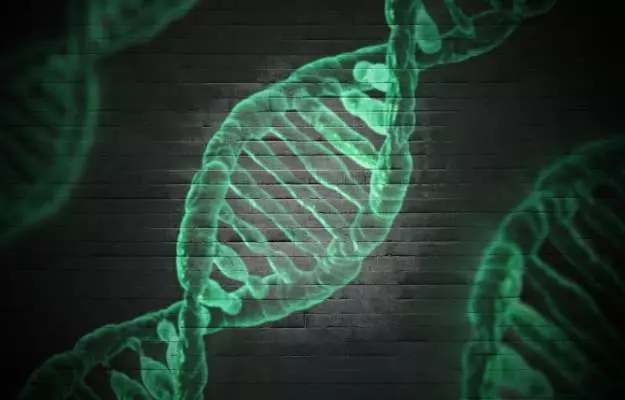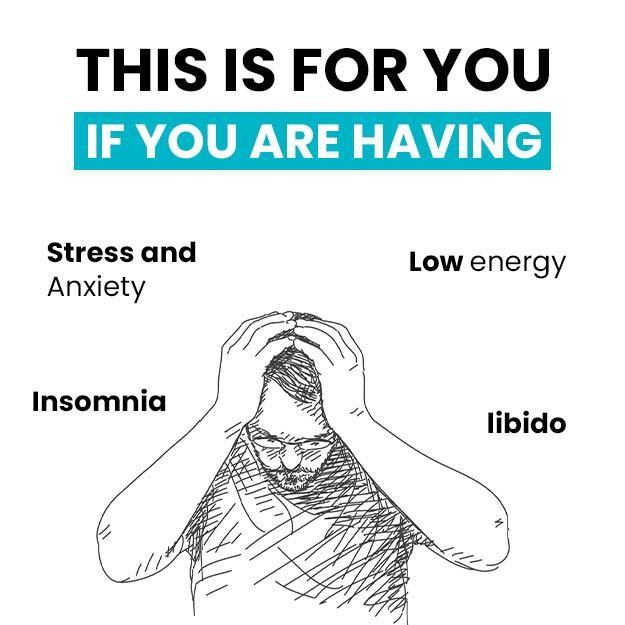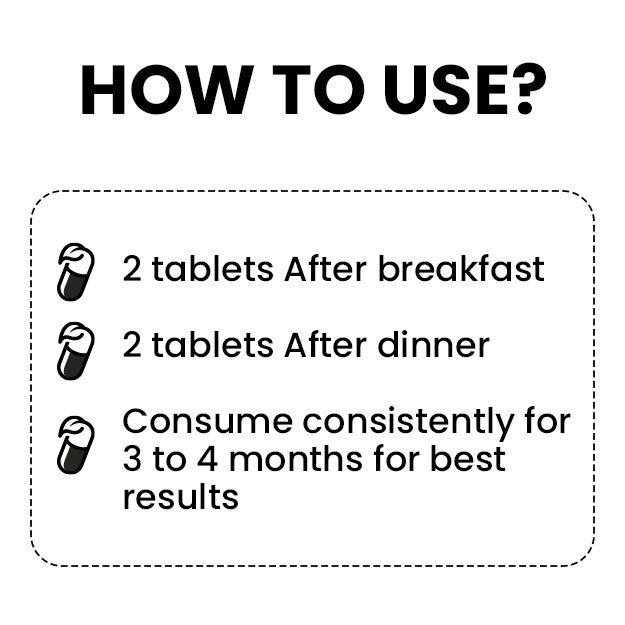In the past few decades, we have made great strides in our understanding of genes and how they affect our health. In the mid-20th century, we began to understand that DNA contains complete instructions for human development.
(Read more - DNA Test)
Scientists are now studying not only how certain genes may be related to diseases, but they are also learning how complex interactions between genes and the environment may increase the risk of certain diseases. Recognizing that DNA contains the information blueprint for all living organisms and discovering the mechanisms that translate the DNA code into the ingredients of life are among the great discoveries of modern science.
Using far fewer biological "letters" than the 26-letter English alphabet, DNA gives organisms the instructions for life, reproduction, metabolism, maturation, and ultimately death. DNA is perhaps the most well-known biological molecule. It is present in all forms of life on earth. But what is DNA or deoxyribonucleic acid? In this article, we are covering almost all the important information related to it, such as what is DNA? Why is it important for us and what function does it perform in our body?
(Read more - Anti ds-DNA antibody Test)




























